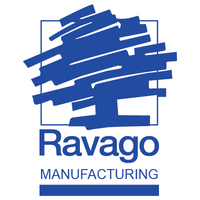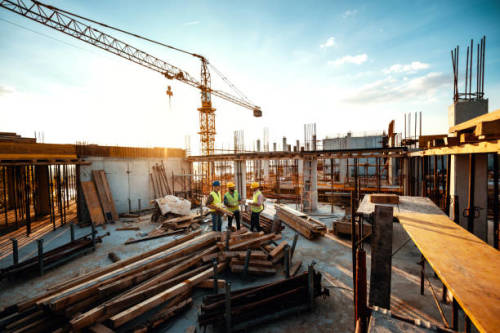Extrusion Foam
Foam extrusion allows for the production of polymer based sheets having a cellular structure. The start of the process is similar to sheet extrusion in that polymer granules are melted in a screw rotating within a barrel to form a continuous homogenous molten polymer which is forced out through a flat die to form a sheet. There are two main forms of foamed sheet production differing in that (1) one process uses a foaming additive which is mixed in with the polymer granules. The action of heat and pressure causes a chemical reaciton in the barrel that releases a gas which creates bubbles within the melt. These bubbles expand as the polymer melt leaves the die creating the foamed structure. (2) the second process has pressurised gas (usually nitrogen or carbon dioxide) injected towards the exit end of the screw/barrel assembly. This mixes with the molten polymer and as the mix exits the die, pressure is released causing the air bubbles to expand and create the foamed structure.















